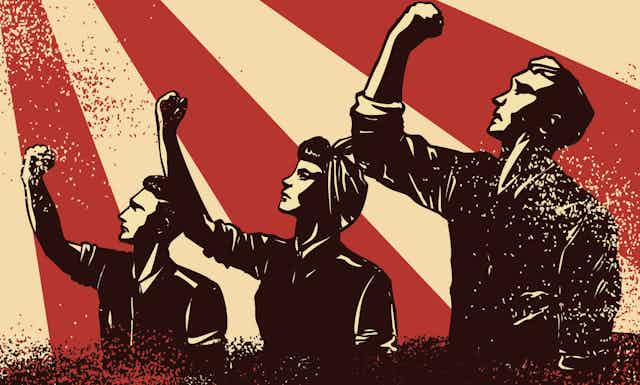When the much anticipated Uber judgment on the self-employed status of two drivers came in, the victory was described by their union, the GMB, as “monumental”. Respected commentators including the lawyers, Leigh Day, and the Guardian newspaper described the judgement as “historic” and “a landmark”.
There is no doubt that the judgement delivered by the London Central Employment Tribunal on October 28 was an advance in the campaign to provide workers’ rights to the hundreds of thousands that are wrongly classified by their de facto employers as “independent contractors” or “self-employed”. But this is no triumph. It is only a small victory in one battle that is part of a much larger and more protracted war. There are five principal reasons for this.
First, Uber will appeal to the Employment Appeal Tribunal, and if unsuccessful there, go to the Court of Appeal and maybe all the way to the Supreme Court. As its business model and, thus, profits, are fundamentally based upon using what the Employment Tribunal regarded as a “bogus” form of self-employment, it will expend a huge amount of energy and resources to overturn the ruling.
Campaign plans
There is a second, more quintessential reason. The nature of the Employment Tribunal decisions means that if many more Uber drivers wish to be availed of workers’ rights – minimum wage, sick pay, holidays, pension enrolment and so on – then they will have to take Employment Tribunal cases as well. Therefore, it was wrong for various commentators such as lawyers and personnel professionals to imply that the rest of Uber’s 40,000 drivers in Britain will be now suddenly be entitled to workers’ rights.

Sure, the Tribunal’s finding does intimate that idea but it is no more than that. The ruling is not binding upon how Uber treats its other drivers – something Uber itself is clearly aware of. The other drivers were not joint plaintiffs in the case. The only way the GMB union can make Uber cave in on all of its drivers is not only to take many, many more ultimately successful cases (as it seem intent upon doing), but also to use various non-legal avenues to pressurise Uber into changing its ways.
Organising consumer boycotts, investor strikes, industrial action of the Deliveroo sort are all viable options. This would be most effective if deployed, along with the legal means, against Uber in a form of pincer movement.
Another important tool available to the GMB at the moment is to use the statements of the prime minister, Theresa May, concerning an economy that “works for all”. If it can get other Employment Tribunals to see which way the political wind is now blowing, this will increase its chances of success.

One case at a time
A third reason to avoid jubilation is that even a final victory after appeal in the Uber case would not automatically mean success for the host of other self-employed workers bringing similar claims against the likes of Addison Lee, Excel, City Sprint and eCourier and backed by their GMB and IWGB unions – or any others that might come in the future elsewhere. This is because each is treated in law as an individual case. Even where there are class actions of multiple plaintiffs in a coordinated series of cases, the judgements only apply in law to them.
So the plaintiffs’ cases against Addison Lee, Excel, City Sprint and eCourier will have to pass the same stringent tests that were applied in the Uber case and show that in different settings that their work – and the organisation of it – was effectively controlled in a conventional managerial method. Moreover, cases take time. The process of gaining the Uber ruling started in the summer of 2015.

Fourth, even if those other cases are successful, Employment Tribunal rulings are no substitute for a legislative solution. Ultimately, case law precedents can be undermined, overturned and superseded by other case law precedents. Legislation – along with robust enforcement – is the only way to outlaw the bogus use of self-employment. Anything else means that the war to do so means fighting on a piecemeal, incomplete basis.
Fifth, and crucially, employers will undoubtedly find new ways to introduce and embed self-employment. We have seen it already in the construction industry. New rules in 2014 sought to stop employment agencies falsely providing workers on a self-employed basis, but all that happened was that workers were shifted over to so-called “umbrella” companies where workers can be employed legally on a temporary basis and many on zero hours contracts. The practice is now spreading elsewhere. As employers have both the means and the motivation, they will develop new methods to get around any legal challenges. Again, this flags up the need for legislation to provide a blanket ban on bogus self-employment.
The two Uber plaintiffs, James Farrar and Yaseen Aslam, along with their union, the GMB, are to be congratulated on pushing open the door to the legal possibility that self-employed workers might gain worker rights. But it will take much more than this to turn the possibility into a probability, let alone an actuality. Political and legislative change is needed to make sure that their victory is neither Pyrrhic nor temporary. Unless that happens, the Uber ruling will not even be the end of the beginning for bogus self-employment.

